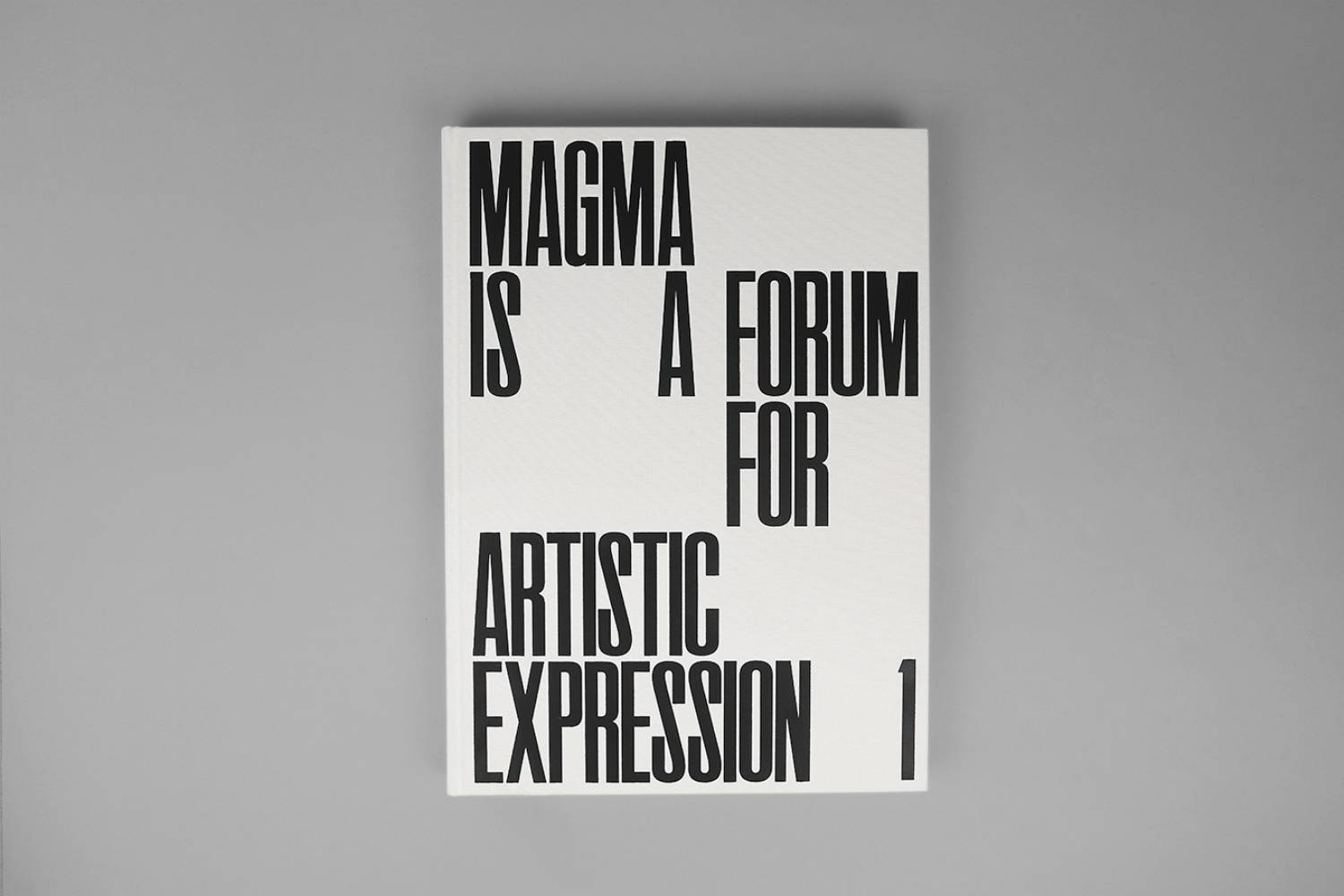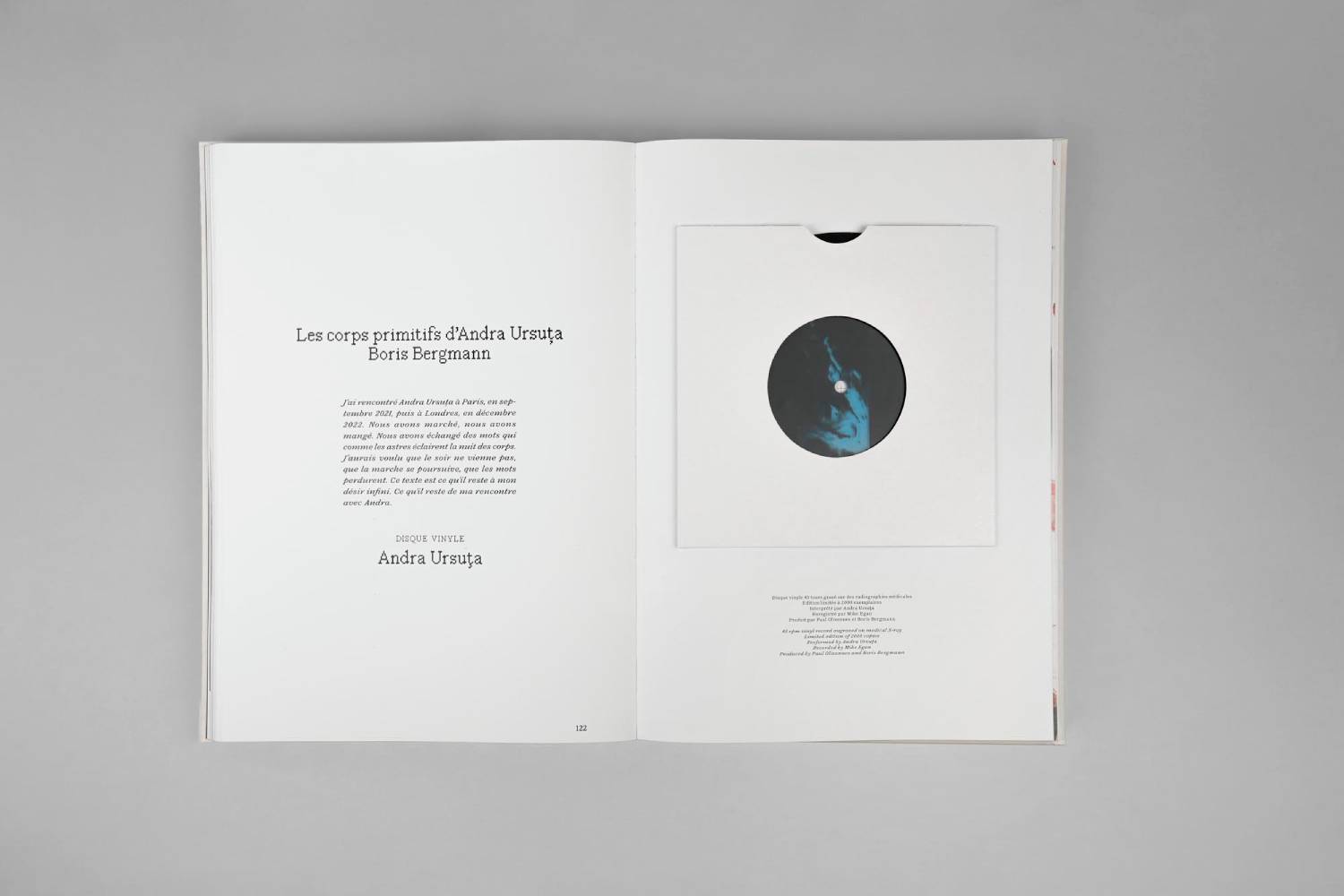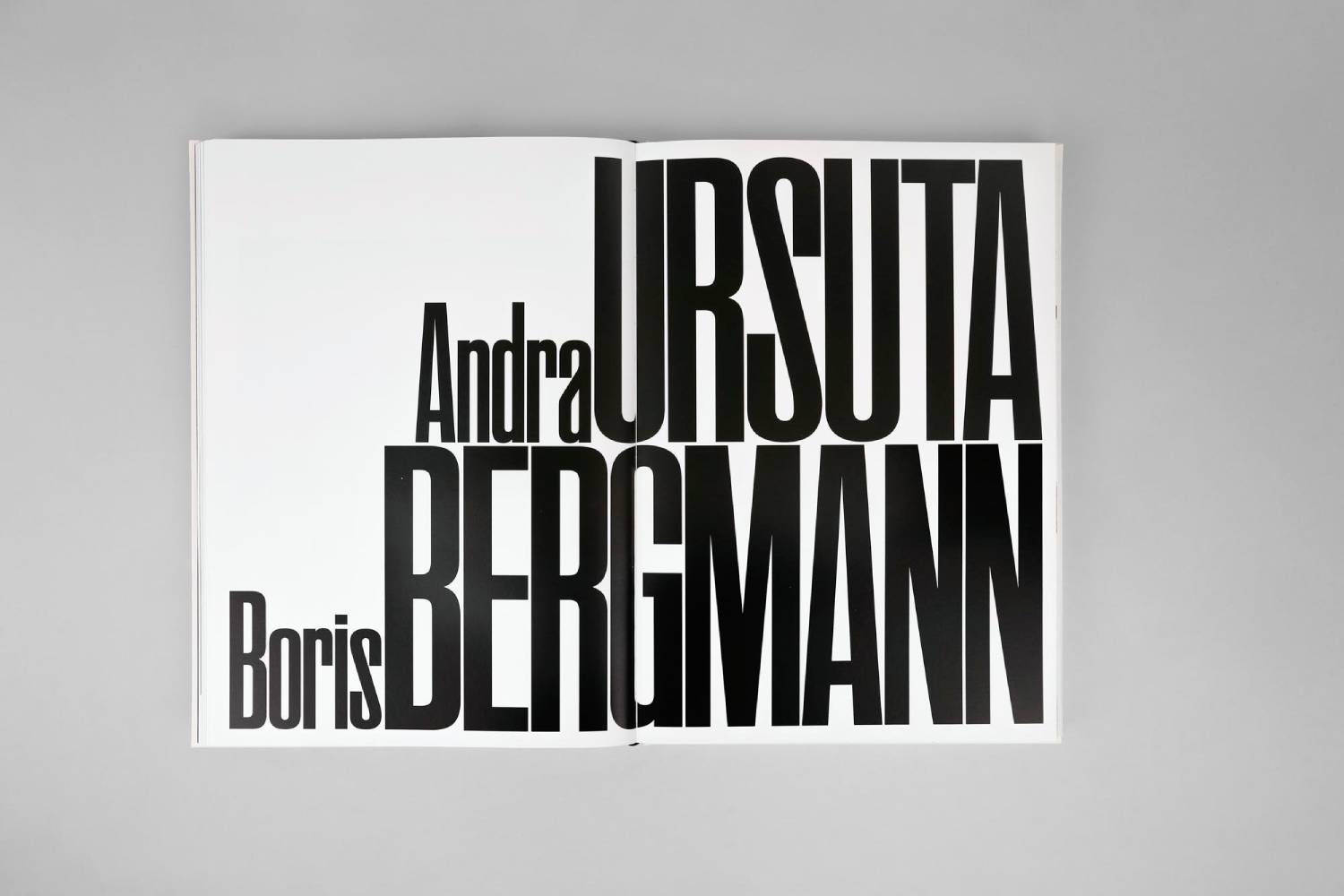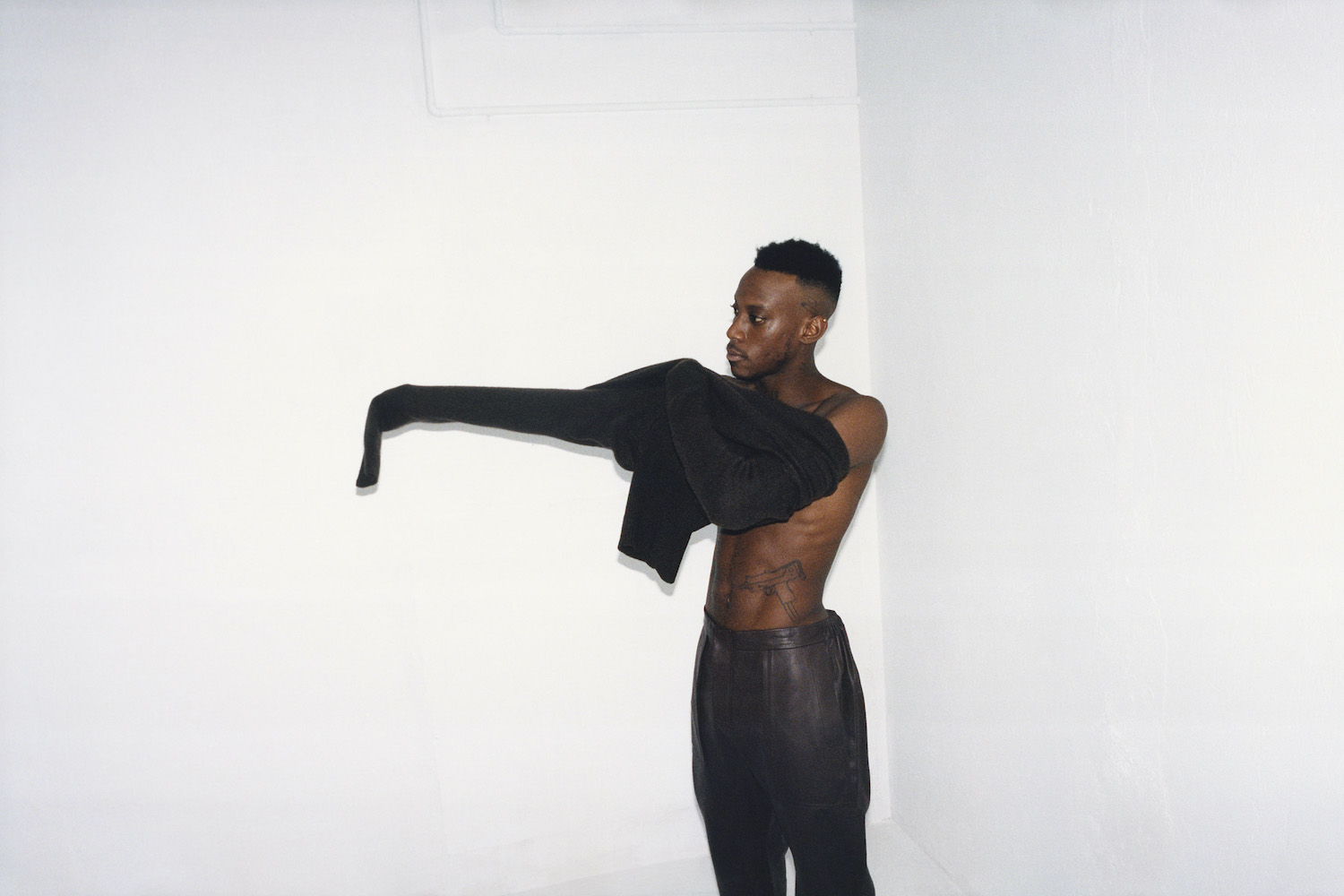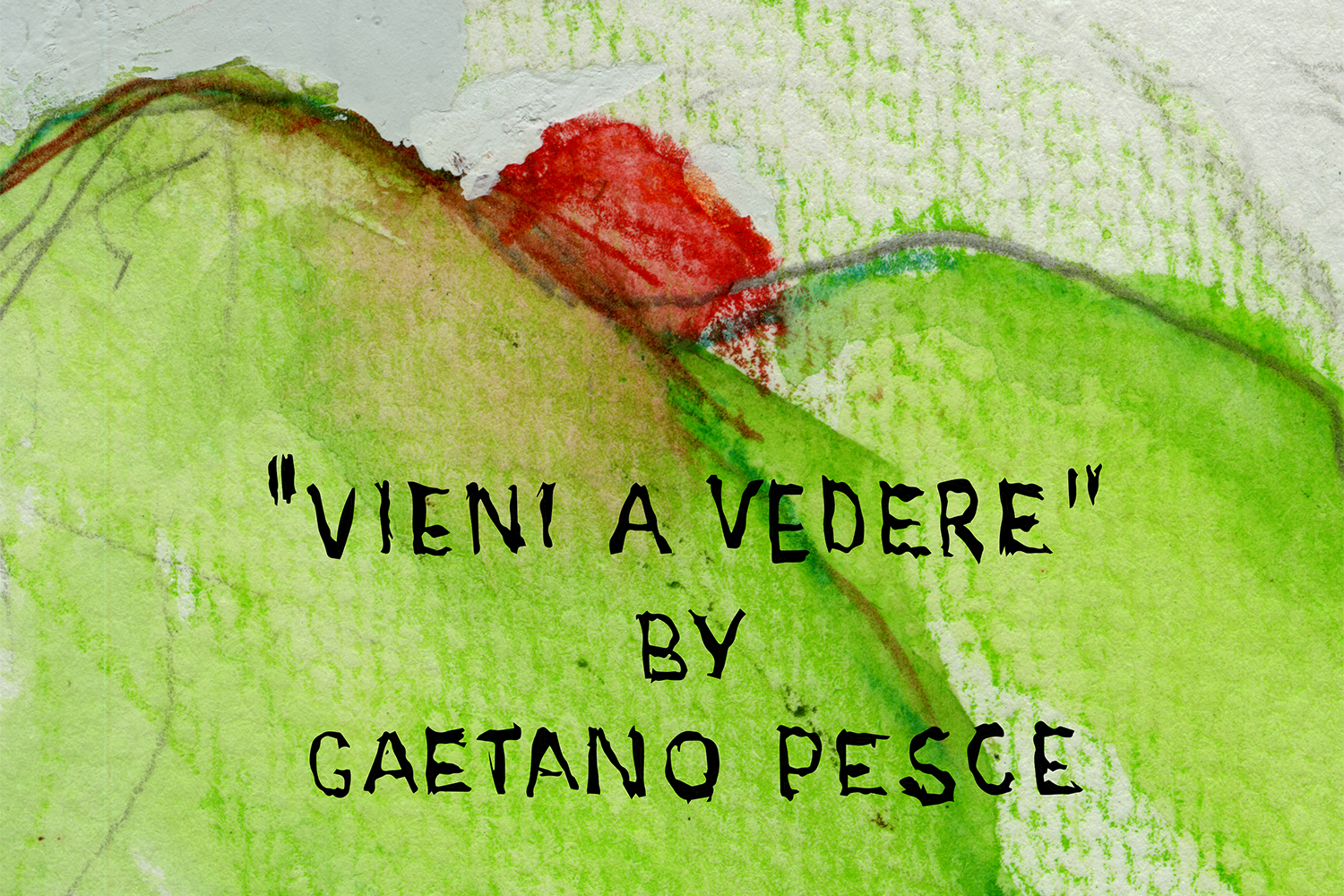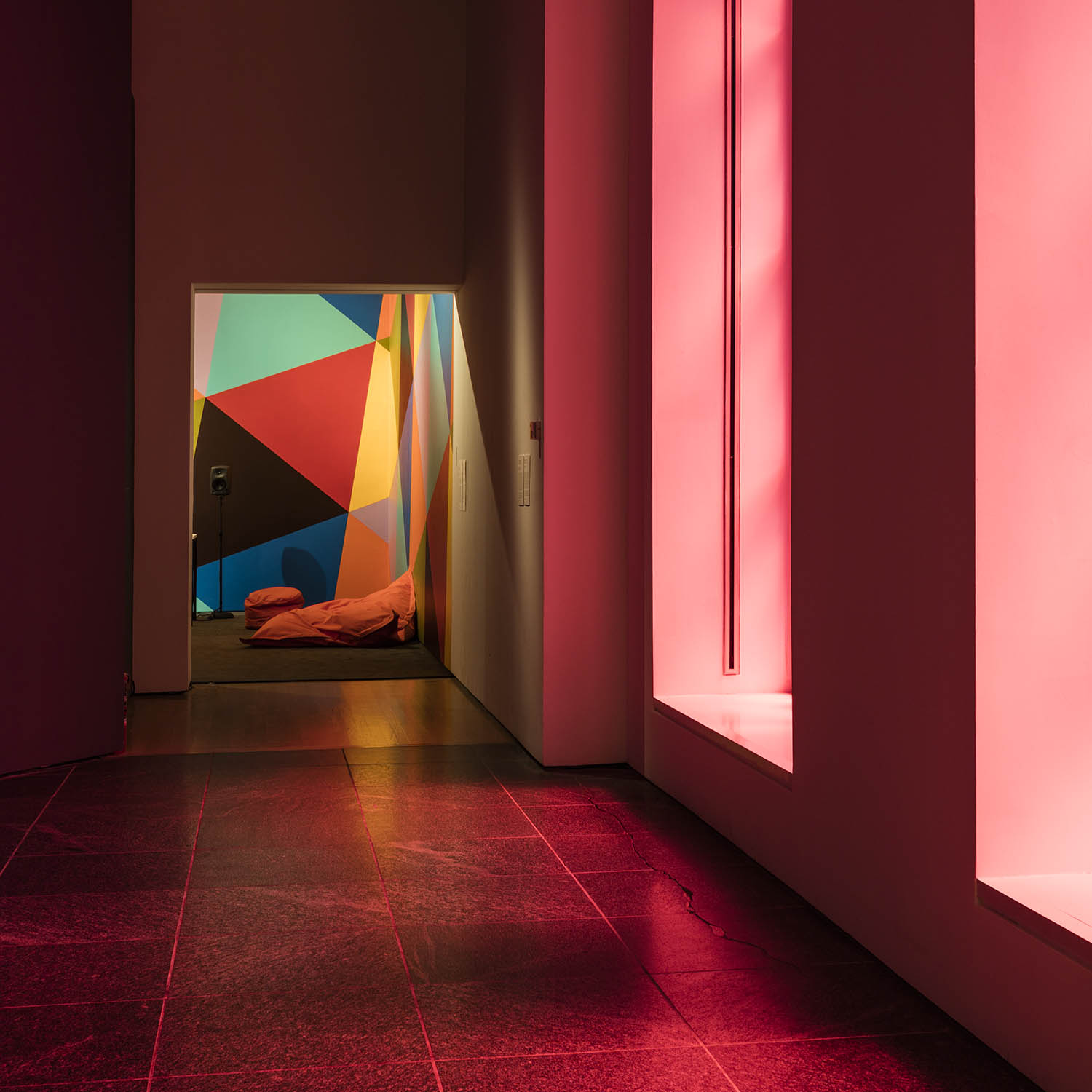Magma, is the new revue d’art founded by Paul Olivennes with the exclusive support of Bottega Veneta. The publication revives the tradition of the great twentieth century revues d’art: Georges Bataille’s Documents (1929), the surrealist Minotaure (1933), or the first issues of Andy Warhol’s Interview (1969). These journals were conceived as forums for artistic expression, as aesthetic manifestos, and as laboratories where artists and writers could collaborate and co-create.
“These magazines offered direct access to artistic creation. They were the place for the avant-garde, both artistic and literary. I started collecting them when I was very young,” says Paul Olivennes, founder and editor-in-chief of Magma. “I wanted to revive this format, which has now disappeared, in all its aesthetic, graphic, and intellectual sophistication. I also wanted to put artists and writers back centre stage and to recreate a dialogue between them by weaving connections between their work. Magma will feature a large number of previously unpublished work, or work created exclusively for the journal. I imagine it as a dive into the intimacy, the creative magma, of the art.”
Hans Ulrich Obrist, who wrote the publication preface, remarks: “Magma brings worlds into contact with other worlds.”
Artists, writers, architects, filmmakers, sculptors, and photographers will all be part of the project as it aims to transcend boundaries between artistic disciplines, countries, generations, the living, and the dead. The first edition of Magma will feature 18 artists and over 80 works of art and literary texts, the majority of which have never been published before. The compilation encapsulates a tapestry of fascinating narratives.
Agnès Varda, in her thought-provoking prose from 1976, weaves an intricate commentary on Claude Nori’s photographs, showcasing a remarkable convergence of artistry and vision in the form of leg-shaped glasses. Meanwhile, Erri de Luca’s lyrical words gracefully intertwine with Luigi Ghirri’s evocative images, capturing the shared milieu of Paris in the 1970s. In a symphony of artistic expression, Lucas Arruda’s resplendent painting engages in a profound dialogue with Edouard Glissant’s poignant poem, forging a connection that transcends mediums and resonates deeply within the soul. Each stroke of color harmonizes with every verse, creating a multidimensional experience that embraces both the tangible and the ethereal. Furthermore, the enchanting recollections of architect India Mahdavi and the insightful musings of Egyptian writer Alaa Al Aswany entwine gracefully as they share their collective experiences of Cairo. Through their unique lenses, vivid patterns emerge, capturing the essence of a city teeming with life, history, and vibrant tales waiting to be told. François Halard’s mesmerizing photographs of the resplendent Villa Palagonia, a Sicilian Baroque palace, stand in elegant companionship with Goethe’s timeless account of the palazzo. The symbiotic interplay between visual and written narratives brings forth a captivating tapestry that spans centuries, enriching our understanding and appreciation of this architectural masterpiece. Sophie Calle, a luminary in the realm of artistic expression, continues her renowned series, “Parce que”, weaving narratives that delve into the intricate layers of human existence. Through her artistry, she invites us to explore the realms of introspection, sparking contemplation and evoking profound emotions. In a compelling encounter, Boris Bergman traverses the landscapes of memory with artist Andra Ursuţa, born in 1979 during the tumultuous era of Ceausescu’s Romania. Ursuţa’s poignant tribute, an achingly beautiful song of mourning and love, resonates with echoes of Soviet-era pirate records imprinted on medical X-rays. The inclusion of one such haunting X-ray within these very pages adds a tangible layer to this poignant journey. The transcendent collages crafted by Norwegian-Nigerian artist Frida Orupabo infuse this collection with a sense of raw and unfiltered beauty. Each composition becomes a visual testament to the power of juxtaposition, inviting contemplation and evoking a multitude of emotions.
Moreover, the unveiling of previously unpublished letters from René Char serves as a profound dialogue between the past and the present. Through these intimate correspondences, Char’s goddaughter finds solace in his wisdom and seeks answers to her burning questions about the craft of writing. A treasured facsimile of one such letter, a tangible artifact of this literary exchange, finds its rightful place within the confines of this exceptional publication. Bound in a grand format reminiscent of a timeless book for annual perusal, Magma assumes the mantle of a rare artifact in a world propelled by relentless pace. It offers us a cherished respite, an opportunity to immerse ourselves in the act of looking, reading, and collecting, allowing us to rediscover the beauty and significance of the printed medium. Magma is supported by Bottega Veneta, a testament to their shared commitment to fostering artistic excellence.

